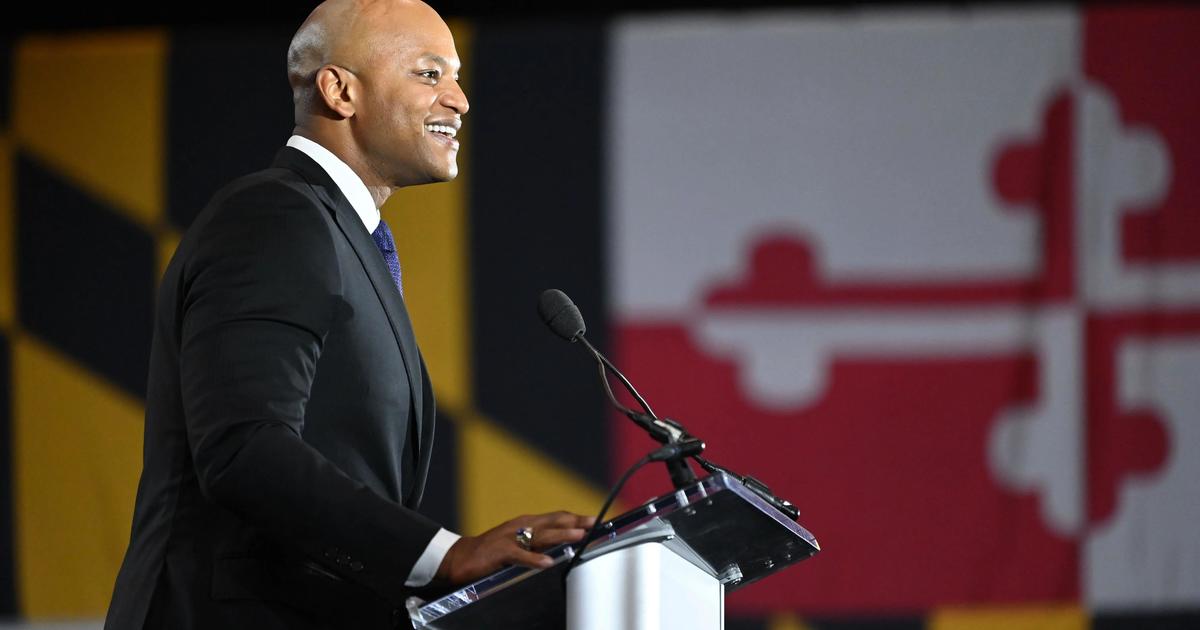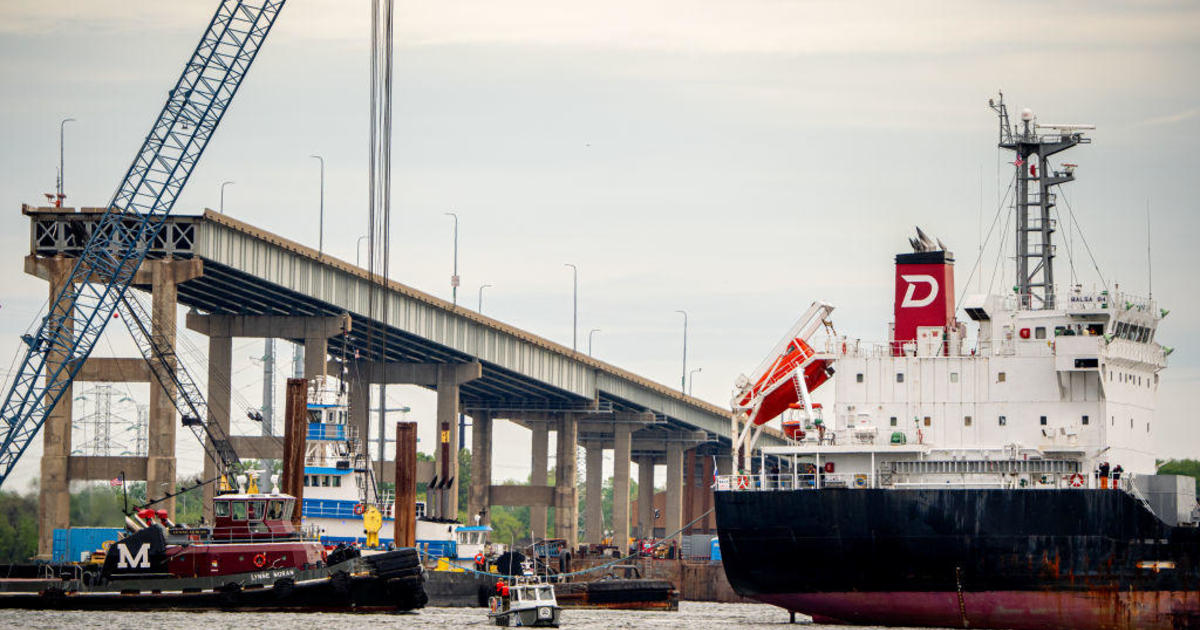Chesapeake Crab Assessment Focuses On Females
BALTIMORE (AP) -- Big male crabs fetch the highest prices, but when it comes to ensuring the Chesapeake Bay will continue to produce those No. 1 males, researchers are increasingly paying attention to how many females are harvested.
A new assessment released Tuesday further refines recommendations on how many female crabs should be in the bay to maintain a sustainable population. Biologists have previously said about 200 million adult crabs were needed to ensure a healthy population.
The latest assessment released by the National Oceanic and Atmospheric Administration recommends fisheries managers work toward reaching a target population of 215 million adult female crabs and a total population of 415 million adult crabs. And when it comes to how many should be taken each year, the current recommendation is 46 percent of the population, while the new assessment adds a 34 percent recommendation for female crabs.
Regulators are trying to refine how to manage a crab population that has seesawed in recent years, approaching nearly a billion in the early 1990s, but dropping to about quarter of that a decade later, and as few as 120 million adults, with overfishing blamed.
Restrictions imposed beginning in 2008 included shortening the season and ending a winter dredge season in Virginia to protect hibernating pregnant females. Following those moves, the population rebounded to more than 650 million in 2010 before cold this past winter killed nearly a third of adult crabs.
The latest assessment found that under the new modeling approach the bay's crabs stocks were not overfished in 2009, but had been from 1998 to 2004. Steps taken in 2008 to cut the female crab harvest by 34 percent likely led to an increase in adult females, boosting the population overall, the report said.
Peyton Robertson, director of the NOAA Chesapeake Bay Office and chairman of the Chesapeake Bay Program's Sustainable Fisheries Goal Implementation Team, said that after a long period of decline the blue crab population is beginning to rebound.
"This new assessment will serve as a blueprint for the next stage of the rebuilding effort, moving us closer to a healthy,
sustainable population," Robertson said.
Despite this winter's drop, fisheries officials said the population was still above restoration target levels and that has
led to calls for easing the restrictions.
In Maryland, watermen will be able to catch more female crabs this fall, state officials announced in May, saying fisheries managers determined the increase won't negatively affect the population. In Virginia, the winter dredge season has been closed for three years and regulators are considering whether to close it for a fourth season.
The NOAA assessment was led by the University of Maryland's Center for Environmental Science. The final draft of the report will be used, along with results of the annual winter dredge survey, to guide management of the crab harvest. The winter dredge survey is an actual count of crabs dredged from the bay bottom at a number of sites each winter, while the assessment, which is not done every year, is a more complete look at the state of the fishery, including harvest data and other surveys.
Thomas Miller, who heads the center's Chesapeake Biological Laboratory, said the last assessment in 2005 highlighted the importance of protecting female crabs and the researchers were asked in the latest assessment to recommend a sustainable female harvest limit.
Miller said the report is only a recommendation for state officials in Maryland and Virginia, but he feels there will be a
lot of pressure to follow the science.
No matter what the states do, the elements aren't cooperating so far this year, watermen said.
"It's probably been just a fair season down here, nothing great, nothing to brag about," said Bob Daniels, a Crisfield
waterman. "If you make a living, you're lucky."
Daniels said crabbing has been better in deeper parts of the bay, noting the cold winter killed a lot of crabs in shallower water.
Marion East, a former waterman and boat mechanic in Crisfield, was more pessimistic.
"The water is filthy-looking. It's just not a good year," said East, who said the hot summer also has bay water temperature in the 90s in some places.
Meanwhile, a wet spring flushed a lot of freshwater into the bay.
"Some places, the water, you hit it and it looks just nice, and some other places, you hit it and it looks like you have chocolate milk," East said.
Miller said high water temperatures push crabs into deeper water, making them harder to catch, but the season still has a long way to go, noting most crabs are caught after mid-August.
"They may make most of their money around the Fourth of July holiday when prices are high, but most crabs are caught from August on," Miller said.
------
(Copyright 2011 by The Associated Press. All Rights Reserved.)



